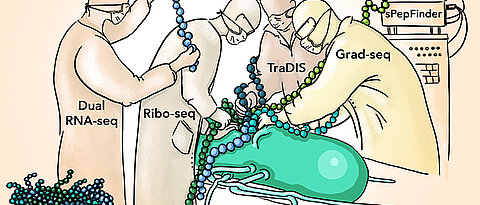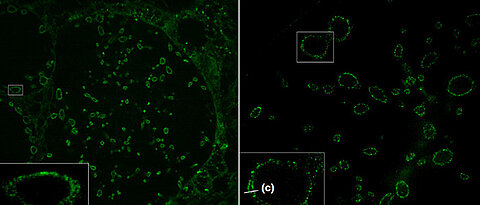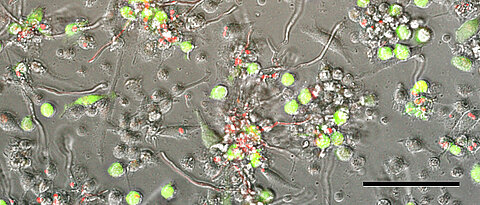In tune with the moon
01/27/2021
Does the moon affect women's menstrual cycles? This question has been controversial for a long time. A new study by chronobiologists from Würzburg now suggest that such an influence does exist. It's complicated, though.
more



















